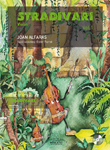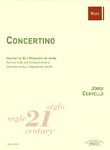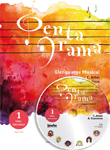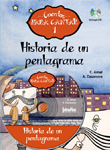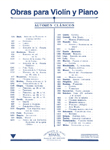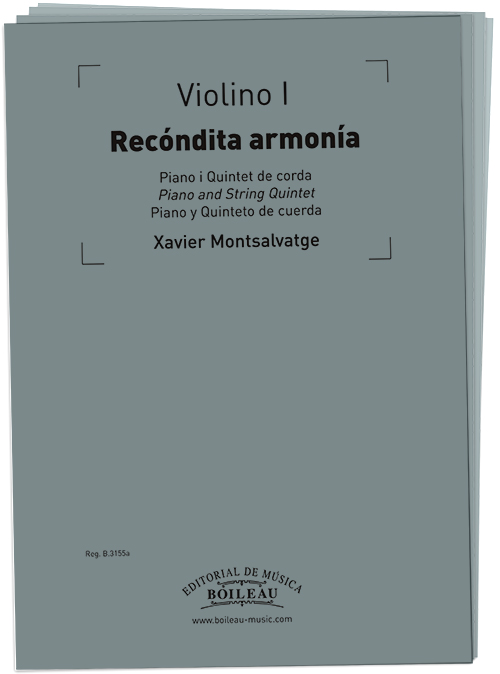WORKS
- Genre
-
Musical education
- Choir
- Counterpoint
- Dictation
- Direction
- Exam study manuals
- General music pedagogy
- Harmony
- Hearing
- Illustrations / Posters
- Improvisation / Sight reading
- Instrument methods
- Instrument pedagogy
- Instrumental study repertoire
- Instrumentation and orquestration
- Musical language
- Solfège
- Templates
- Theory and analysis
-
Incidental music
-
Lined paper
-
Flamenco
-
Religious music
-
Classical / contemporary
-
Modern music
-
Folk music / traditional
-
Musicology
-
Divulgation
-
Games and hobbies
-
Music therapy
-
Children / Youth
-
- Instruments
- Ensemble
- Difficulty level
- Period
- Genre
SOPORTE
Search
Find here: books, scores, composers, digital pieces, cd's
Best-selling works
Our classics

Newsletter
I wish to be informed of the news about your music
We have received your e-mail correctly
Multimedia
Recondita armonia
Particellas de quinteto de cuerda
Piano y Quinteto de cuerda
MONTSALVATGE, XavierMONTSALVATGE, XavierMONTSALVATGE, XavierReg.: B.3155a
50,60 €
P.V.P. (VAT included 4%)
Add to cart
- Ensemble: Sextets: With piano.
String orchestra: With soloist(s). - Genres: Classical / contemporary: Chamber.
- Product format: Particellas
- Difficulty level: Advanced-superior
- Period: 2nd half S. XX - XXI
- Publishing house: Editorial Boileau
- Collection: Siglo XX
- Measure: 31,00 x 23,00 cm
- Lenght: 18'
- ISMN: 979-0-3503-4194-6
- Available in digital: No
- Available for rent: No
Parts included in the sale of this material:
1st Violin, 2nd Violin, Viola, Cello, Double bass: 1 of each
Recondita armonia (Recondite Harmony) is based on a string quintet that he composed while studying at the Conservatory in Barcelona. The work was forgotten until Montsalvatge decided to revise it for the premiere on June 2, 1995 in the Church of Sant Pau del Camp.
The work, which was obviously written in a time of trial and error as well as exploration, reflects the Neo-Romanticism of his early works. This respect for Italian Verisimo and the lyricism of Puccini, which continues today, can be seen in the title as well as in three of the movements. The «Allegretto» is more evolved, independent and points toward his current aesthetic orientation.
The first movement, «Allegro con brio», is the movement which is most similar to the first version while the «Andante sostenuto» shows has the greatest influence of Italian lyricism. The «Allegreto» was the most changed movement which converted it to a true scherzo. The final movement, «Moderato-presto», synthesizes the general character of the work by including all of its lyric elements and leading to a final episode with more tension and a forceful conclusion.
Carlos Figueroa
I. Allegro con brio
II. Andante sostenuto
III. Allegretto
IV. Moderato

